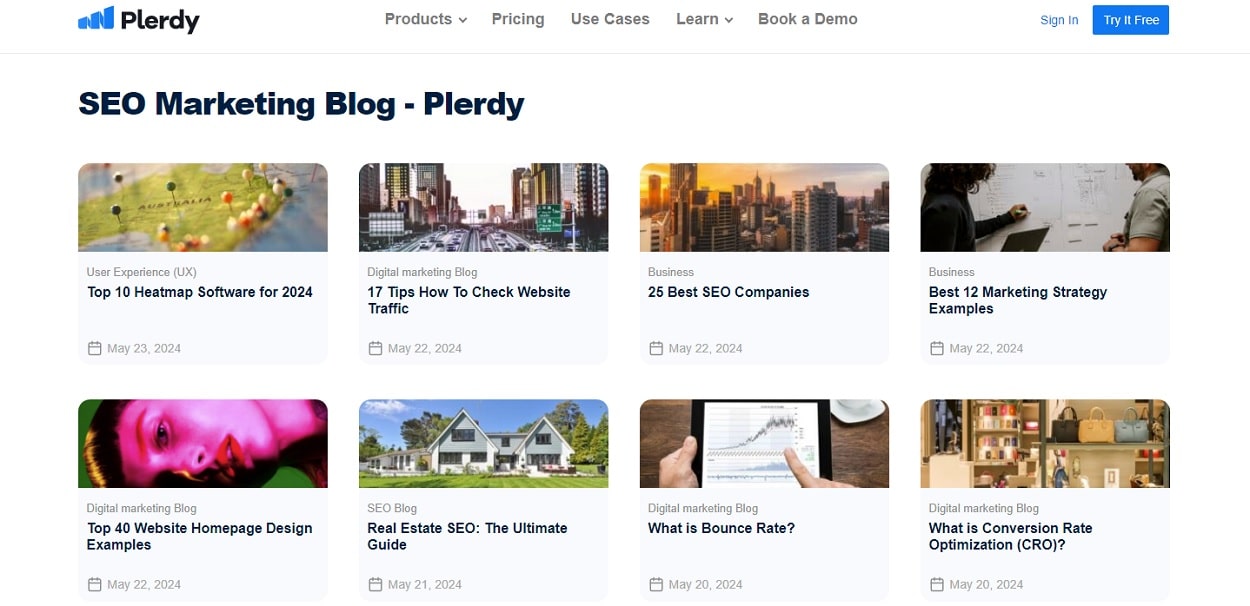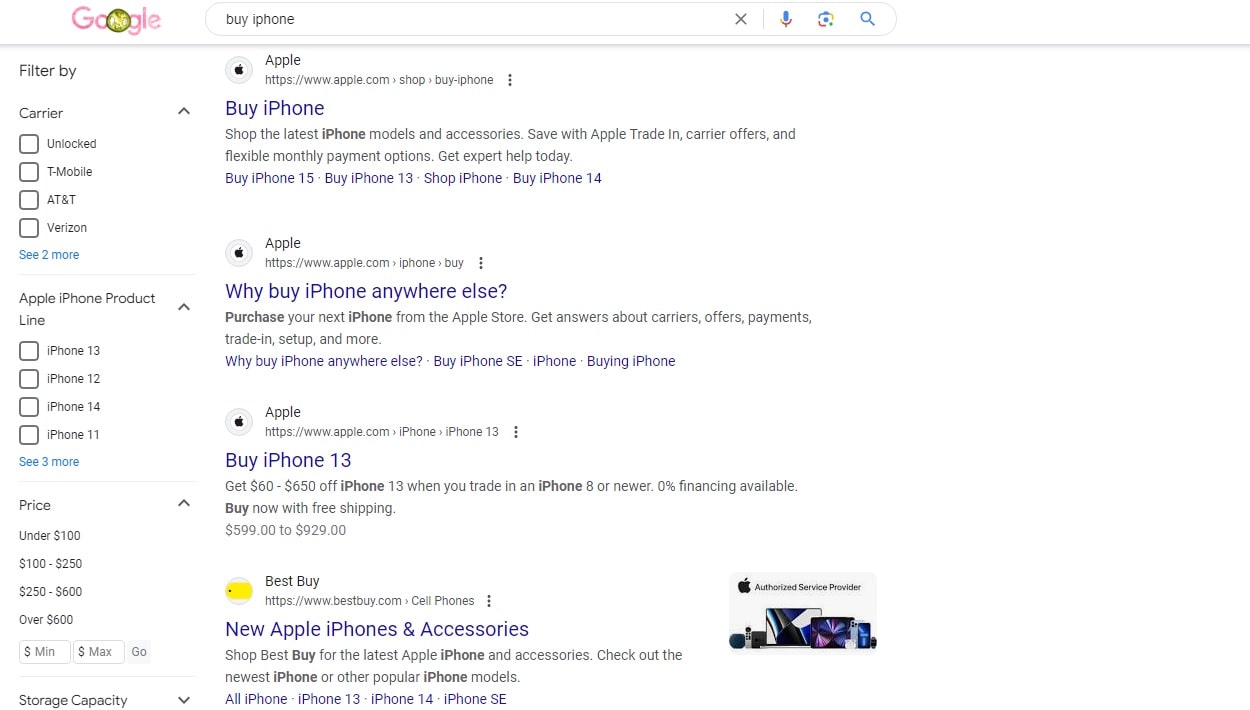Two separate methods exist for companies to draw in clients: inbound marketing and outbound marketing. While outbound marketing is broadcasting messages to a wide audience, frequently through conventional advertising channels, inbound marketing is concerned with drawing in customers through engaging and pertinent content and interactions. Businesses can benefit from making educated marketing decisions by familiarizing themselves with the distinctions between these two approaches.
Introductory Marketing: What Is It?

With inbound marketing, the goal is to attract potential consumers by providing them with relevant content and experiences that are specifically designed for them. Using this strategy, you should focus on providing your audience with information that addresses their concerns or queries. Important parts consist of:
- Content marketing is the process of attracting new customers by the creation of valuable content such as blog posts, videos, podcasts, and infographics.
- Search engine optimization, or SEO, is the process of enhancing your content so that it appears higher in search engine results. This will make it simpler for people to discover your organization.
- Social media: interacting with your target market on sites like Instagram, LinkedIn, Twitter, and Facebook in order to establish credibility and rapport.
- Email marketing entails contacting subscribers by email with tailored messages in order to cultivate leads and boost conversions.
Instead than trying to buy attention, inbound marketing focuses on attracting it, which yields better, more long-term outcomes at a lower cost.
Define Outbound Marketing What is it?

Pushing communications out to a big audience irrespective of their interest in the product or service is known as outbound marketing, often called traditional marketing. Oftentimes, this strategy makes use of more conventional kinds of advertising, such as:
- Commercials that air on television and radio reach a large audience.
- Newspapers, periodicals, and brochures are examples of print media that advertise.
- Marketing by direct mail is delivering promotional information to the mailboxes of prospective clients.
- By calling prospective clients without first establishing contact, a practice known as “cold calling” occurs.
- Displaying ads in public spaces to attract passers-by is known as billboards and outdoor advertising.
Because it forces information on customers regardless of their will, outbound marketing is frequently viewed as intrusive. But it’s still a good way to get your name out there and contact a lot of people fast.
What Sets Inbound and Outbound Marketing Apart
If you want to build a winning marketing plan, you need to know the basic distinctions between inbound and outbound marketing. Let me highlight the main differences:
| Aspect | Inbound Marketing | Outbound Marketing |
| Approach | Attraction through valuable content | Broad message push through traditional ads |
| Cost | Generally lower, focuses on organic growth | Often higher, includes paid advertising |
| Audience Targeting | Highly targeted, personalized | Broad, less personalized |
| Communication | Two-way, encourages engagement | One-way, less engagement |
| Measurement | Easier to measure ROI with digital tools | Harder to measure direct impact |
| Longevity | Long-term, builds sustainable traffic | Short-term, requires continuous investment |
| Trust Building | Builds trust through valuable content | Can be perceived as intrusive |
Examining Search Engine Optimization’s Benefits and Drawbacks

There are certain disadvantages of inbound marketing even if it offers many advantages. Simplified version is as follows:
Pluses:
- Generally speaking, inbound marketing advertising—like content marketing and search engine optimization—are less expensive than outbound ads.
- Two approaches for companies to acquire credibility and trust are to offer excellent information and to position themselves as authorities in their industry.
- The benefits from inbound marketing continue long after the initial outlay has been recouped.
- Use of Customized and Interesting Content Enhances Customer Relations.
The drawbacks are:
- Reversible Depletion: Good content creation and following development require a lot of effort.
- To be effective with inbound marketing, one needs to be knowledgeable with digital marketing techniques, SEO, and content development.
- Usually speaking, inbound marketing takes longer to return on investment (ROI) than outbound marketing, which might do so sooner.
Pros and Cons of Outbound Marketing Examined
There are certain drawbacks of outbound marketing:
Beneficiaries:
- Reach a Big Audience: By enabling you to get in touch with a lot of people fast, outbound marketing raises brand recognition.
- Quick Responses and Sales: Traditional advertising strategies might draw clients in quickly.
- Obviously, a lot of outbound tactics are simple to execute.
Cause for Alarm:
- Pricey: When you’re performing outbound marketing, advertising in print, on the radio, and on television can mount up rapidly.
- The disruptive character of the approach can damage the company’s product reputation.
- Because outbound marketing discourages interaction, developing relationships with leads and possible customers is frequently more difficult.
- Over time, the continuous expenditure needed to keep visibility keeps returns lower.
All You Need to Know to Decide Between Inbound and Outbound Marketing
While selecting a marketing strategy, one must consider the goals of the business, the target market, the industry, and the budget. The subsequent are some things to think about:
- The money Given how little it costs, inbound marketing can be the best option if money is limited.
- Learn about the usual activities of the people you want to reach. Should they do most of their business online, inbound marketing may be more successful.
- Outbound marketing could help companies looking for quick results. Generally speaking, inbound marketing is the way to go for long-term success.
- An technique may be more advantageous to one industry than to another. Business-to-business (B2B) companies, for instance, frequently discover that, although outbound marketing may reach a larger audience, inbound marketing is more successful.
- Dangers from Rivals Consider the tactics of your rivals. They may be ahead of you in inbound marketing if they are great in outbound channels. Should they not, you might be in a better position.
Applying Marketing Techniques, Both Inbound and Outbound

Inbound and outbound marketing combined has proven to be a successful marketing approach for many companies. Note the following to optimize their use:
- Using well planned outbound marketing, promote your inbound content. From a TV commercial, for instance, they might be sent to your online portfolio or diary.
- Again, you can display outbound advertisements to potential clients using data from your inbound marketing initiatives.
- Attending trade shows and conferences is the external aspect of event marketing; content marketing and email campaigns follow up are the inbound aspects.
- Mix sponsored adverts with natural postings to boost social media visibility and interaction.
Combining the two approaches will produce a more thorough plan that leverages their advantages and raises the general efficacy of the marketing.
To sum up
You can’t have a balanced advertising strategy without combining inbound and outbound marketing strategies. Understanding the differences and maximizing the benefits of the two approaches may help businesses enhance their consumer engagement and attraction initiatives. Whether your plan calls for utilizing traditional advertising to get the word out or concentrating on producing high-quality content to draw in consumers, the most essential thing is to align your approach with your company objectives and audience preferences.
For further in-depth guidance on launching successful marketing campaigns, consult with industry leaders like HubSpot and MarketingProfs.
